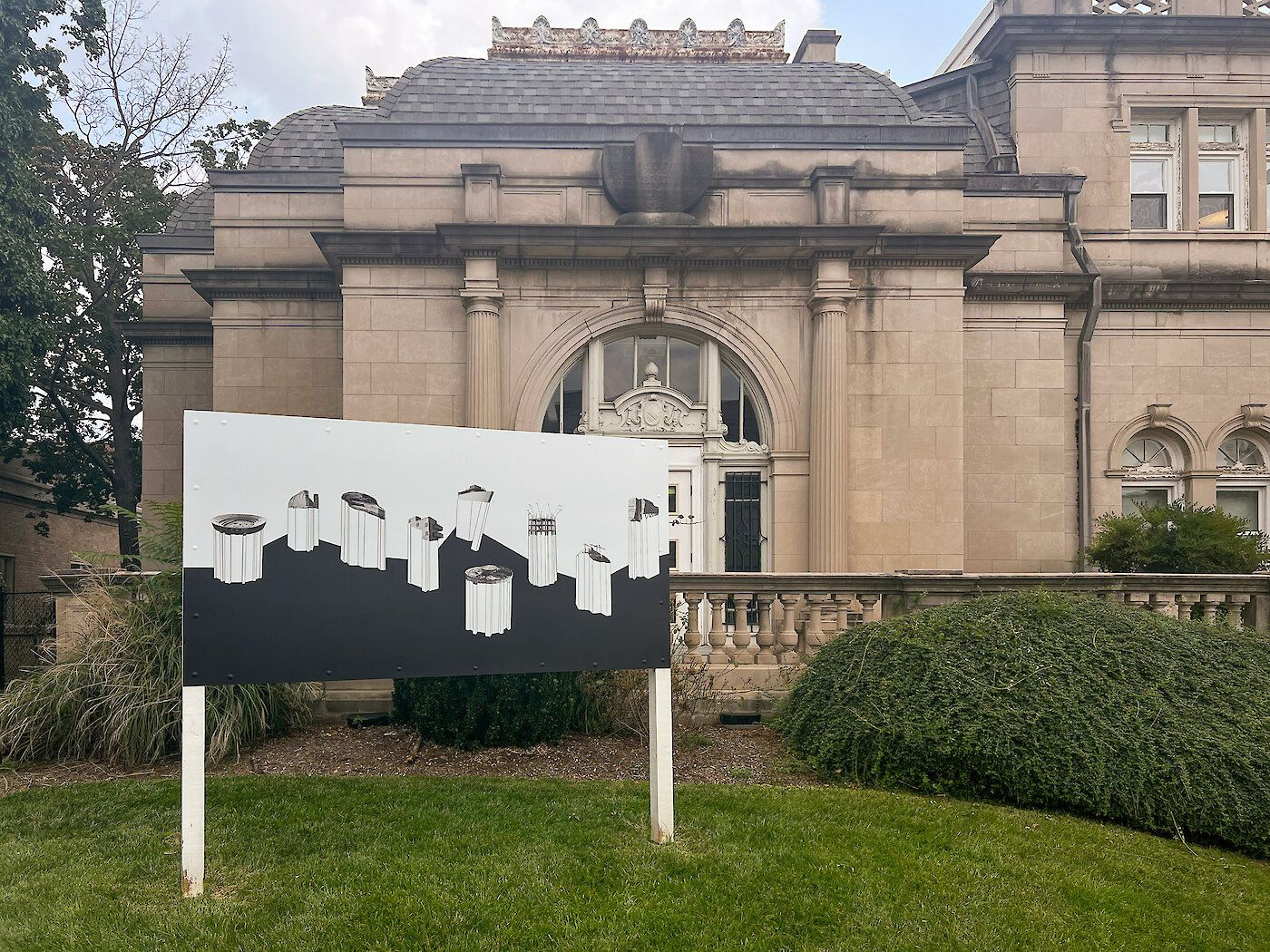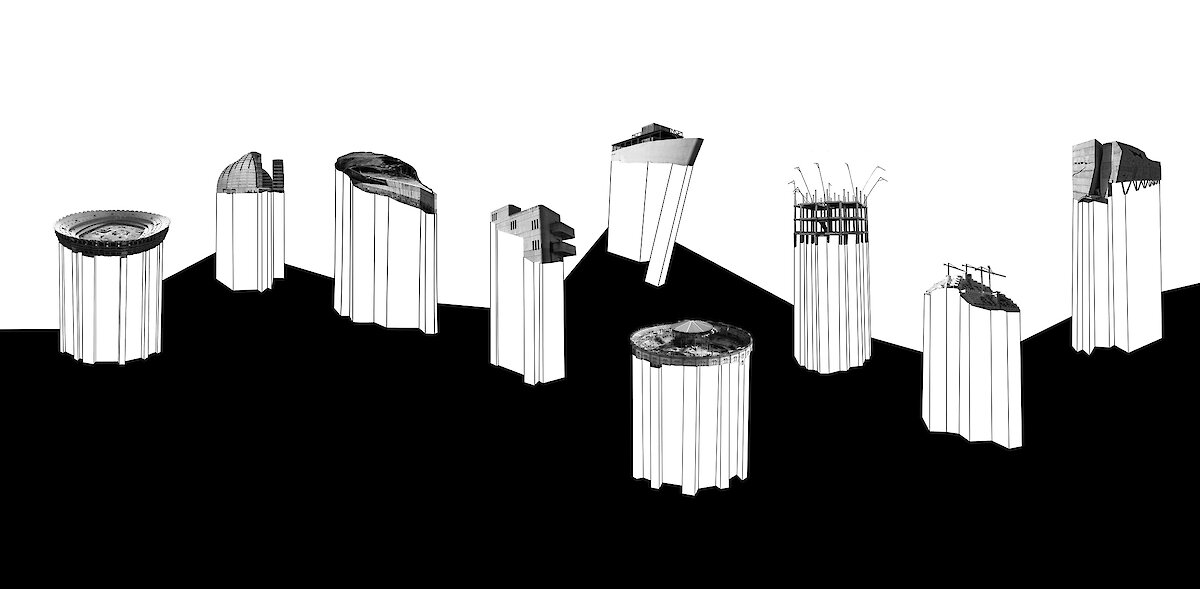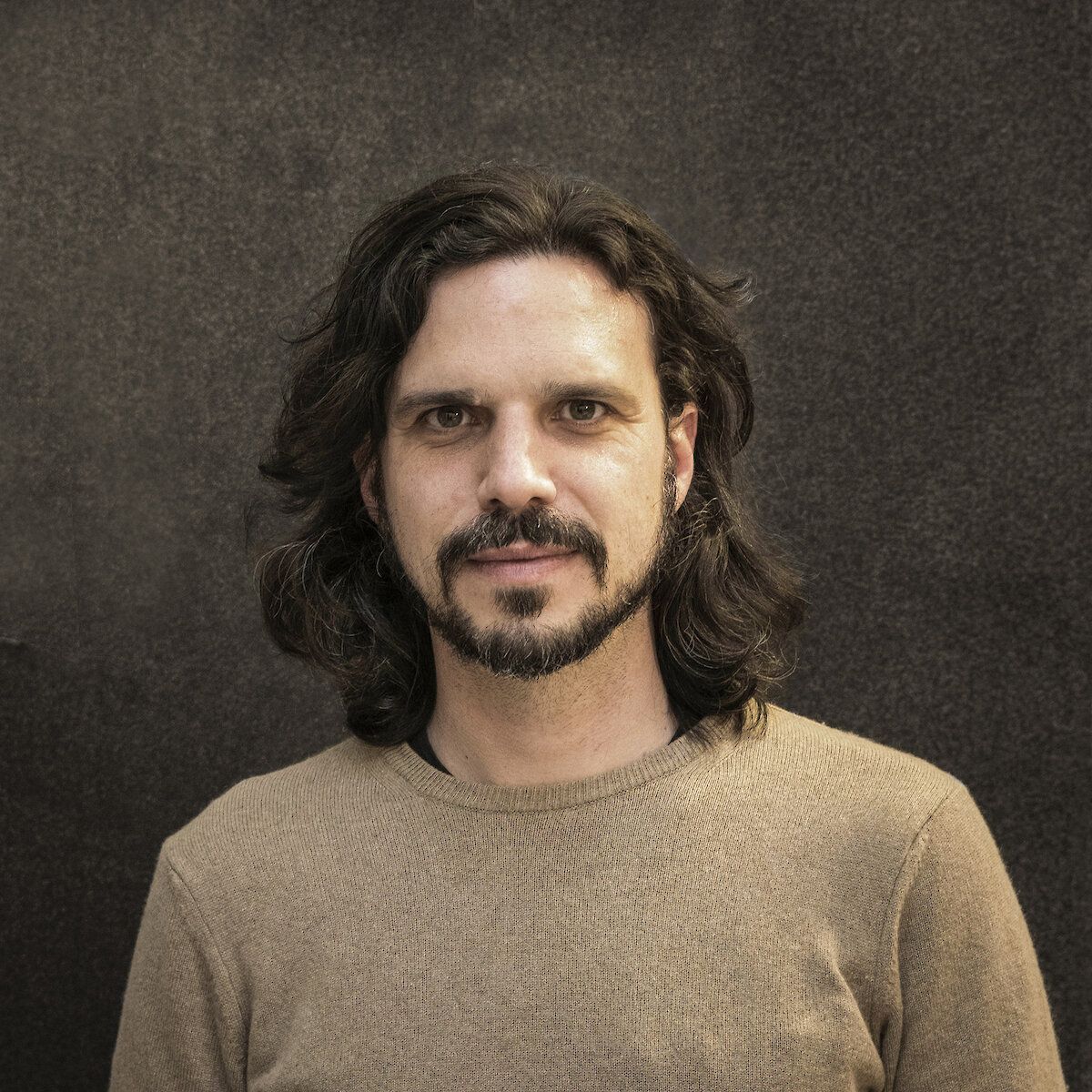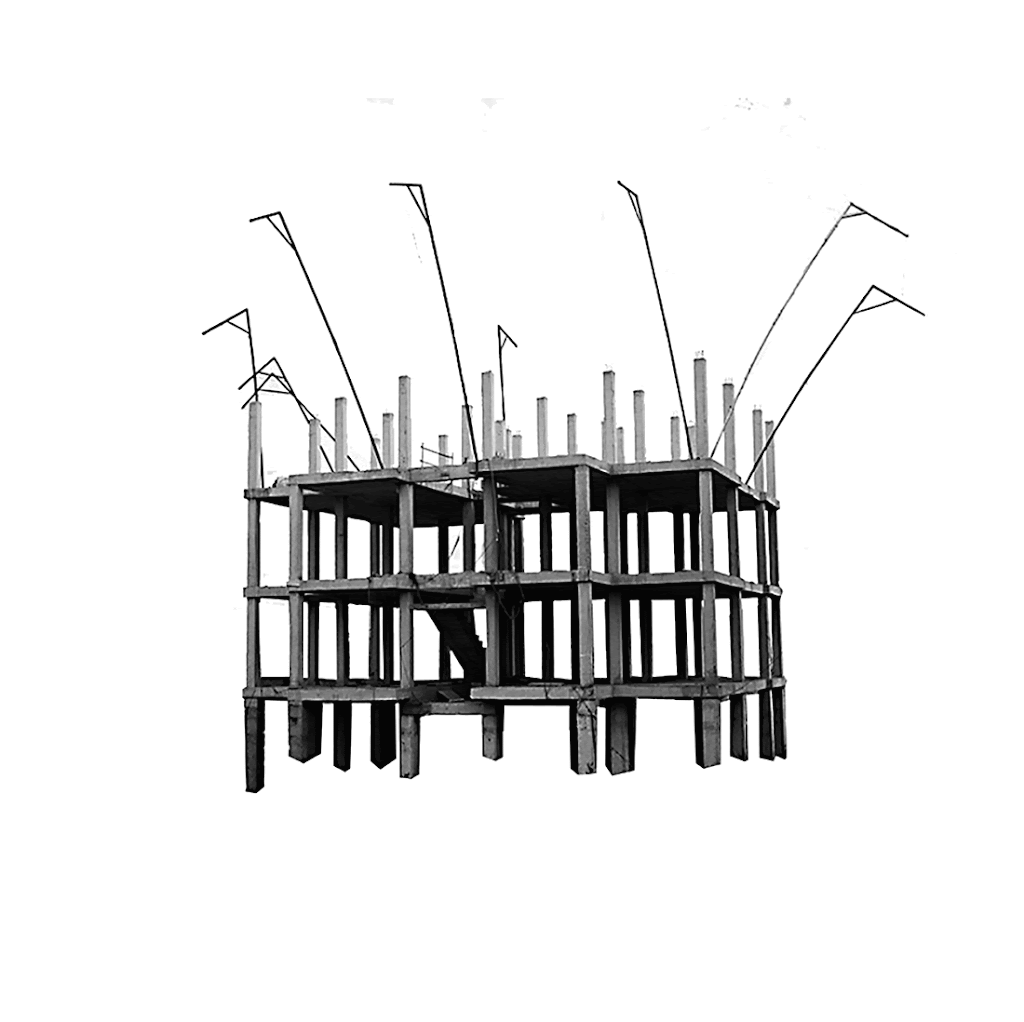Nicolás Combarro
11 / 17

According to UN estimates, cities will be home to 5 billion people by 2030. This is equivalent to 60% of the world’s population, an exponential increase since the 19th century that has been caused by major changes during industrialization which brought new workers to the cities.
This concentrated migratory flow has highlighted one of the biggest problems capitalism has led to: where and how people live and coexist.
The subsequent changes in housing and urbanism are one way of telling this story — either ruins, conversions, demolition, or plans for the symbolic representation of the hegemonic powers. While access to housing and basic infrastructures and services should be of the utmost concern when thinking about contemporary environments, a good starting point to examine the order of our priorities would be revisiting the use and distribution of resources used for constructing spaces for coexistence. The Institute for National Statistics in Spain (INE) estimates the number of empty dwellings in Spain alone at almost four million, an increase of 12.9% in a decade.
For several decades, artist Nicolás Combarro has been focusing on different typologies of architecture that reflect the fringe: the architecture skeletons that remain from past crises, the structural heritage abandonment in depopulated areas, and the imagination as resistance that characterizes spontaneous architecture erected outside the officialized normative systems. A photographic archive that includes large buildings and infrastructures promoted by speculative interests, and/or based on consumerist and polluting life models, unaffected by the elaboration of sustainable realities — not socially and, therefore, not ecologically.
Ideas for new structures and materialities with low climate impact are increasingly rising in the face of rapid urbanization, that allow “by 2030, to enhance inclusive and sustainable urbanization and capacity for participatory, integrated, and sustainable human settlement planning and management in all countries,” as stated in the third SDG #11’s target. Deceleration ideas are not the most popular among the critical proposals since they directly affect wealth creation within the current financial system, only when they are put forward with a radical logic to avoid generating absurd places for humans and non-humans.
From his archive, Combarro imagines different utopian uses of these capricious and superfluous constructions that remain abandoned, giants that are stranded in the geography, specifically in Spain, such as soccer stadiums, hotels in protected areas, empty museums, bullrings, nuclear power plants, among other empty concrete frames.
The artist proposes the political gesture of searching for new imaginaries through the selection, cut, and recomposition in a collage. The reconfiguration of these models — as monumental architecture — is linked to the tradition that Constant and his New Babylon already outlined in the sixties and seventies of the twentieth century, an anti-capitalist and nomadic city, or Gordon Matta-Clark in his “anarchitectures,” cutting interventions in abandoned buildings for a non-normative use in a reflection of the built space. Works that open up as possibilities and are analogous procedures from the art field to radical architectures that propose reconnections of that already existing, such as Archizoom or Superstudio. All, including Combarro’s, envision a new city model for a new society model.


